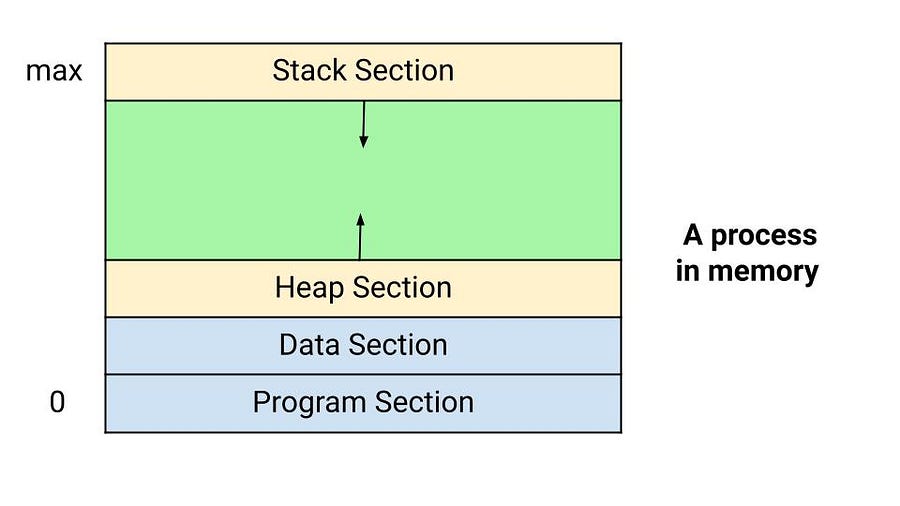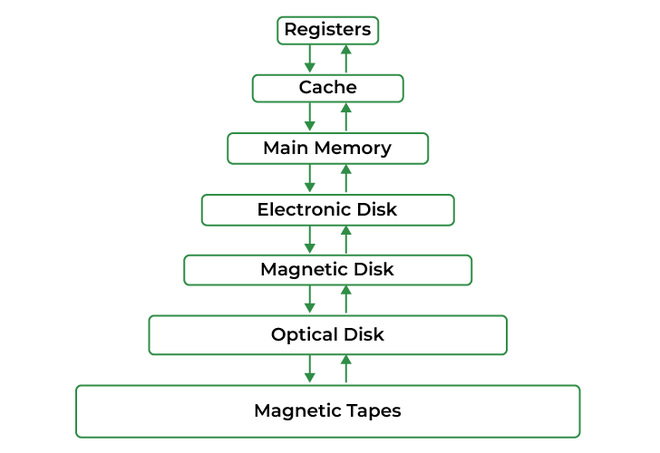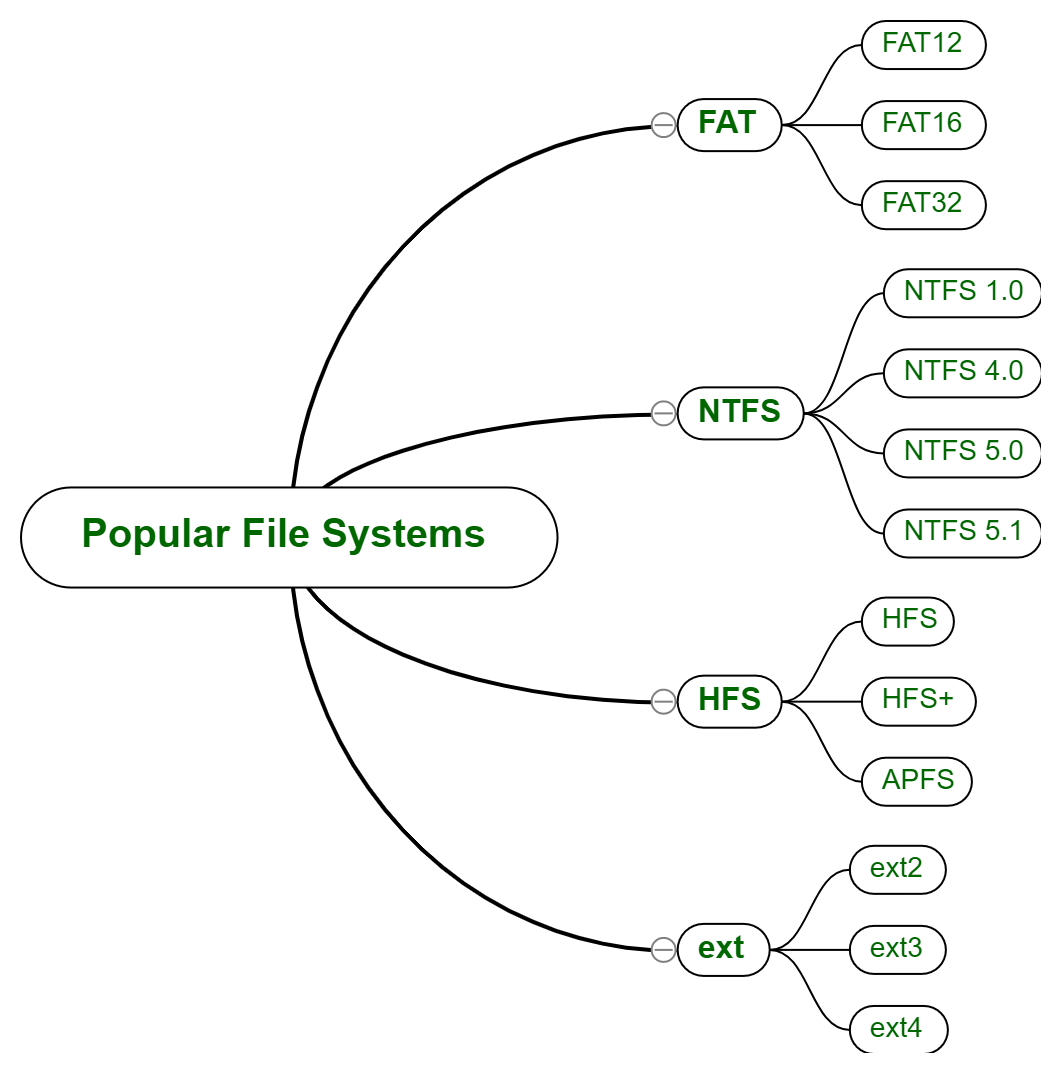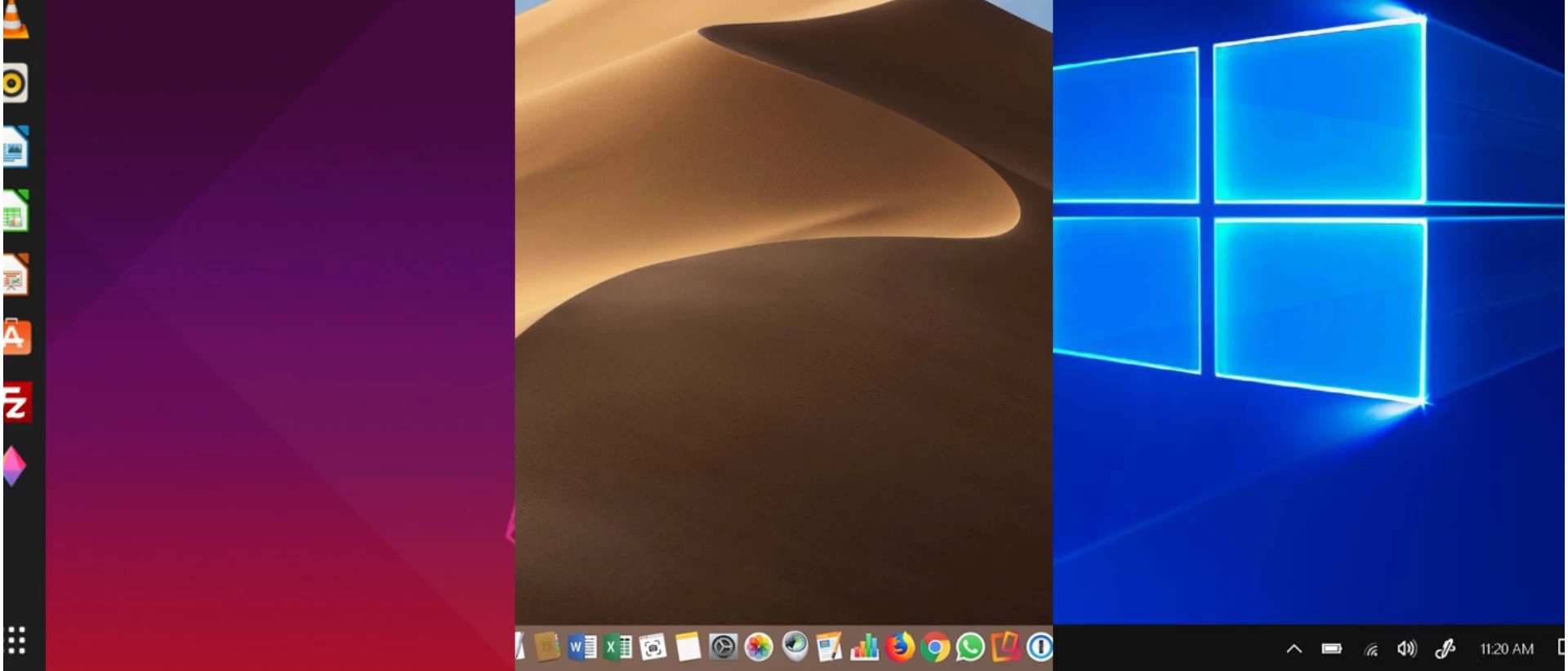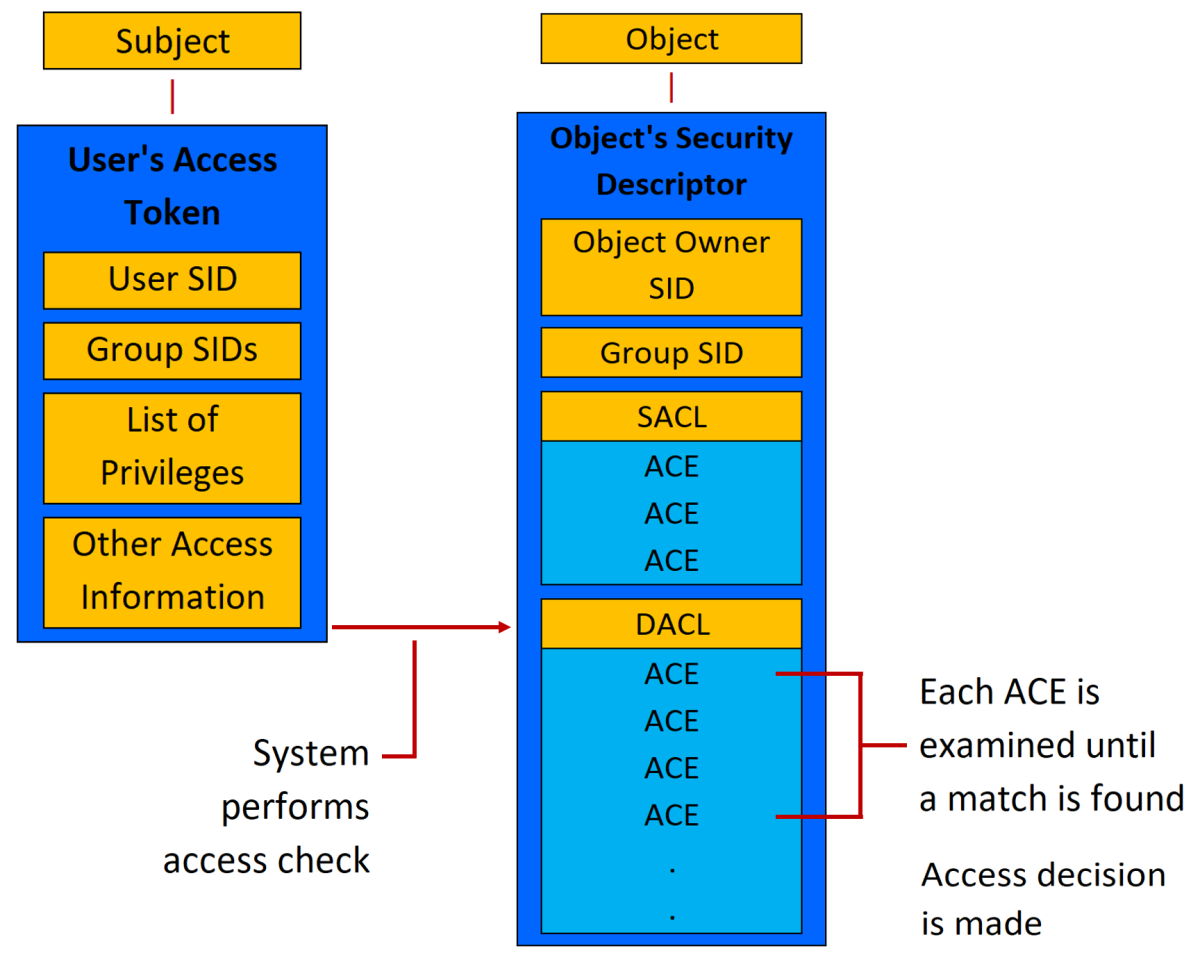3/16
Apa itu Sistem Operasi?
Definisi Dasar
Sistem Operasi adalah perangkat lunak sistem yang mengatur dan mengontrol operasi dasar komputer, bertindak sebagai interface antara pengguna dengan perangkat keras.
Analogi Sederhana
OS seperti "manajer hotel" yang mengatur semua fasilitas, melayani tamu (aplikasi), dan memastikan semua berjalan lancar.

Posisi Sistem Operasi dalam Arsitektur Komputer

